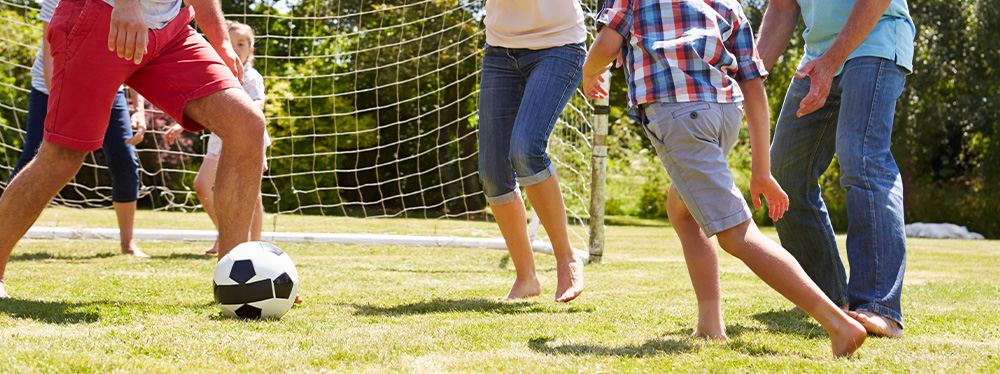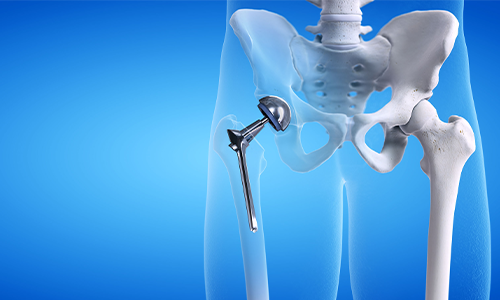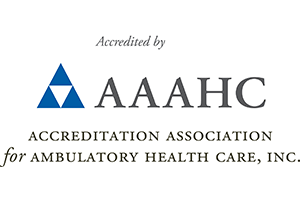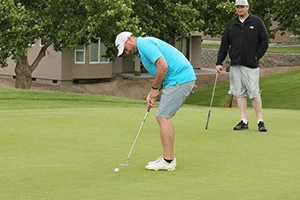TCO NEWS
Your health with TCO November
Transitioning to Winter Sports
The chill in the air means winter is coming and also signals the transition from fall to winter sports. Making the transition from football, soccer, cross-country, volleyball, and swimming into winter sports such as basketball and wrestling is stressful both physically and emotionally. Shifting rapidly to a different athletic endeavor typically requires different aerobic and anaerobic conditioning, engaging different muscle groups, and competing on different surfaces.
Below are a few suggestions that might help your athlete make a smoother transition.
- If possible, take a mental and physical break for a few days between sport seasons.
- Make sure they have the proper equipment and that it fits correctly. For example, shoes that fit correctly and socks put on properly each day help prevent blisters and other foot and leg injuries. Have your athlete break the shoes in a little before wearing them for practice.
- Sleep at least 9 hours per night. This takes organization and good study habits but it can be done. Your practice and game performance will markedly improve and so will your studies.
- Eat well everyday with proper well-balanced nutrition. A good rule of thumb is 30% protein, 30% good fats, and 40% complex carbohydrates. This includes eating three meals a day and not skipping breakfast. It is very important to have some protein everyday for breakfast. Stay away from simple sugars especially right before practices and games. Sugar will give your instant energy but your performance will lag later in the game. Pre-game meals should be eaten about 3-4 hours before a competition filled with complex carbohydrates and very little fat which is difficult to digest.
- Staying hydrated throughout the day before practice and games. Drink the equivalent of at least 3-4 glasses of water each day from the time your arise in the morning up until the afternoon practice. Caffeinated beverages do not count. Be hydrated before practice begins. After practice, drinking a glass of milk, chocolate if you like, is an excellent source of recovery protein for your muscles and carbohydrates.
- If you have a longer break between sports, such as a fall to a spring sport, take a week or two off from training to rest your muscles and bones. Continue to work on core exercises, however, during this rest period. After this short rest, gradually and progressively shift your training regimen to the upcoming spring sport with plenty of cross-training mixed in.
Enjoy your experience and play as a team.
JOHNATHAN R. PERRY, MD
Diplomate, American Board of Orthopaedic Surgery,
Certificate of Added Qualification in Sports Medicine
TCO patient “I appreciate all you did to help me heal”
“Just a note to thank you for the wonderful care you provided after my fall. Your suggestion to take a cautious approach to healing and let the knee heal itself was much appreciated. Today I can almost bend my knee totally back. It keeps getting better each day.
Physical Therapy I have to admit was, at the beginning, not something I looked forward to. It was very painful but once I mastered peddling backward on the bike it gave me more confidence and I took off from there. Randie was an excellent PT and I looked forward to working with her. She was very encouraging and always “gently” raised the bar on what she would like me to achieve.
Again, many thanks for your wisdom and professional knowledge. Bill and I appreciate all you did to help me heal and for your guidance in working with him on his hip and back problems.”
– Evelyn and Bill
TCO has a new website!
Our new website has many new features that will allow us to better serve you our patients.
Features include:
- TCO news will include news, articles and special events.
- Share your TCO story allows you the patient to drop us a note or tell us about your experience here at TCO. We love to hear how we are doing.
- Request an appointment
- Prescription refill request










